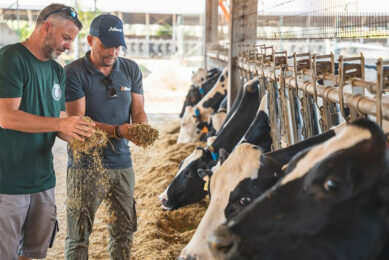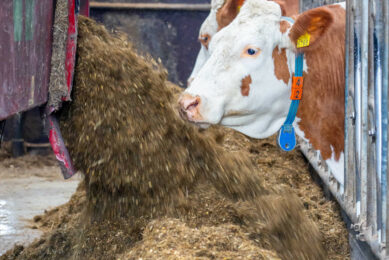Management: if it’s boring for us, it’s better for the cows
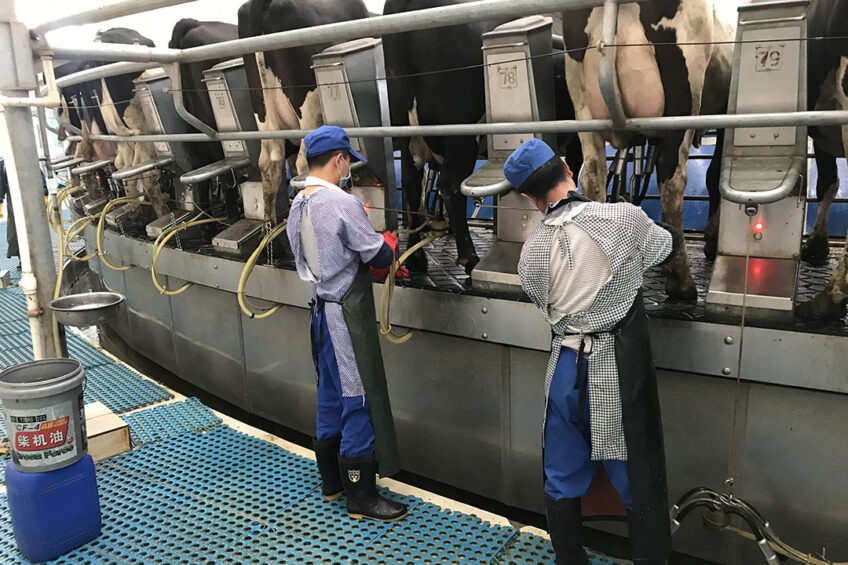
Cows and all cattle have quite basic needs and are creatures of habit so when we work with them, the key is to make the environment and management as uniform as possible. The more boring it is for us, the better it is for our animals. Do you have a standard operating procedure (SOP) for the routine work at your farm?
Same environment, same feed, same management, same routine – every day, all day. This will give the stability and systematic approach that the animals are most comfortable with and they do reward for this with more growth or more milk.
I have had the privilege to visit thousands of dairy farms around the globe and have witnessed how different management systems truly work and my experience has shown me without any doubt that every time farmers approach the tasks on the dairy farm in a systematic way, things get better, productivity goes up and profitability usually follows.
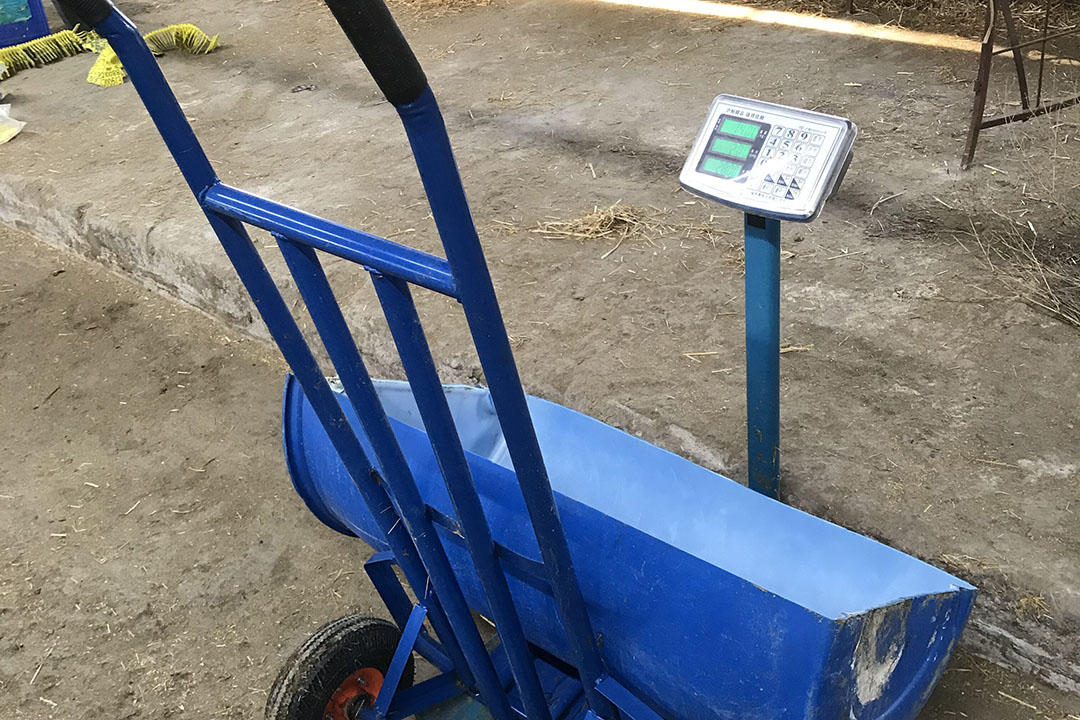
Only for big dairy farms?
But why is it not more common to see written SOPs, even if we know they work and improve farm operations? I think the reason is that most farmers know by heart what and how to work with their animals, so when they read or hear about SOPs they might think that the system would not work at their own farm because they already have a standard routine – just not written.
This is at least my experience, especially with farms with fewer than 500 cows. Usually, the bigger farms are quite quick to pick up on the standardised approach, probably because these farmers have more employees and see the benefit of making things as stable as possible between shifts.
No room for error on farm
Trust me, I get it – it sounds strange to write down a routine you know by heart and furthermore possibly decorate it with photos. But, I can assure you that this works. Have you ever thought of the professional pilots – they always use standardised forms. I can assure you they know quite well how to take off, fly and land a plane and do that almost every day, just like dairy farmers that work on their farm.
The more uniform we can make our own work, the better for our animals.
But, even with the vast experience for pilots, they always use SOPs to take them through the steps. Why you might ask? To make sure there is no room for error. This is exactly what we should do for our cows. The more uniform we can make our own work, the better for our animals.
I think the main problem is that many farmers think that SOP systems are more for ‘bigger farms’, and I can see why. For bigger farms it would be almost reckless not to have a standardised approach to the daily work. But, we know this is also true for smaller farms.
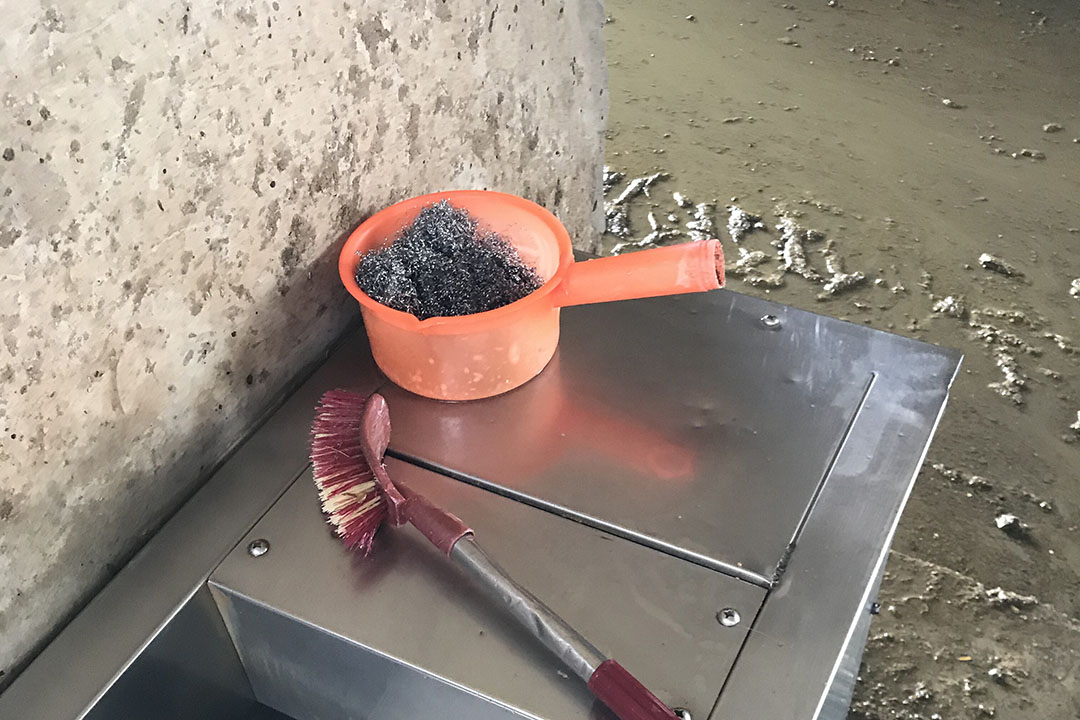
Where to start with SOPs?
When it comes to making SOPs, dairy farmers often ask me how we do this. Well, I always suggest that we start by focusing on the most vulnerable animals on the farm and make SOPs first. Then we move on the most important other tasks on the farm and slowly we can cover all the farm’s routine work.
I think the best SOPs are with photos and text but I guess this is different from farmer to farmer. The main thing is to make sure it describes the routine in a way that anyone – even a person like me that is used to farming but not to the relevant farm – could basically step in and follow the routine and finish the task. That is a good SOP!
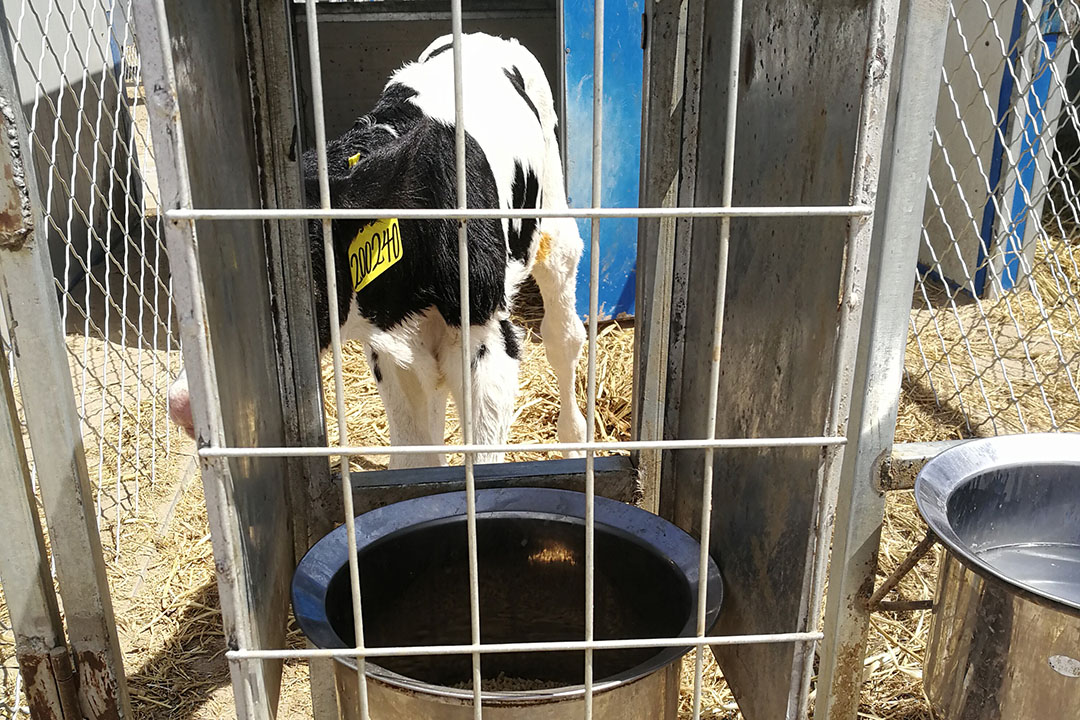
Only 5 SOPs
If I could only make 5 SOPs – for me that is of course far too few, but let’s imagine this is somehow limited – then the essentials would be:
![]() For the birth routine around small calves. Colostrum, navel disinfection, registration, weighing, clean environment, etc.
For the birth routine around small calves. Colostrum, navel disinfection, registration, weighing, clean environment, etc.
![]() How we feed the small calves, how to introduce to concentrate, how to wean, weigh or measure at weaning, etc.
How we feed the small calves, how to introduce to concentrate, how to wean, weigh or measure at weaning, etc.
![]() What is the routine should a calf get sick? Treatment, isolation, how to disinfect the environment where sick calf has been, etc.
What is the routine should a calf get sick? Treatment, isolation, how to disinfect the environment where sick calf has been, etc.
![]() Milking routine. How we treat cows at milking, identify cows that are slow milkers or long to let down milk, how we clean teats and teat ends, how long stimulation time is, how we treat teats after milking, etc.
Milking routine. How we treat cows at milking, identify cows that are slow milkers or long to let down milk, how we clean teats and teat ends, how long stimulation time is, how we treat teats after milking, etc.
![]() This is a tricky one as it is the last one in this example, but here I have to choose how we treat mastitis in cows, how to take samples, how to give medication, how to identify the cows that are in treatment, etc.
This is a tricky one as it is the last one in this example, but here I have to choose how we treat mastitis in cows, how to take samples, how to give medication, how to identify the cows that are in treatment, etc.
Above I could only choose 5 SOPs so I had to limit myself, but that was just for this demonstration. In real life one should not hold back but rather make as many SOPs as you want, for feed mixing, for feeding, for feed push in, for grooming, for floor cleaning, for cubicle maintenance, for hoof trimming, for whatever you do as a routine work.
Join 13,000+ subscribers
Subscribe to our newsletter to stay updated about all the need-to-know content in the dairy sector, two times a week.




